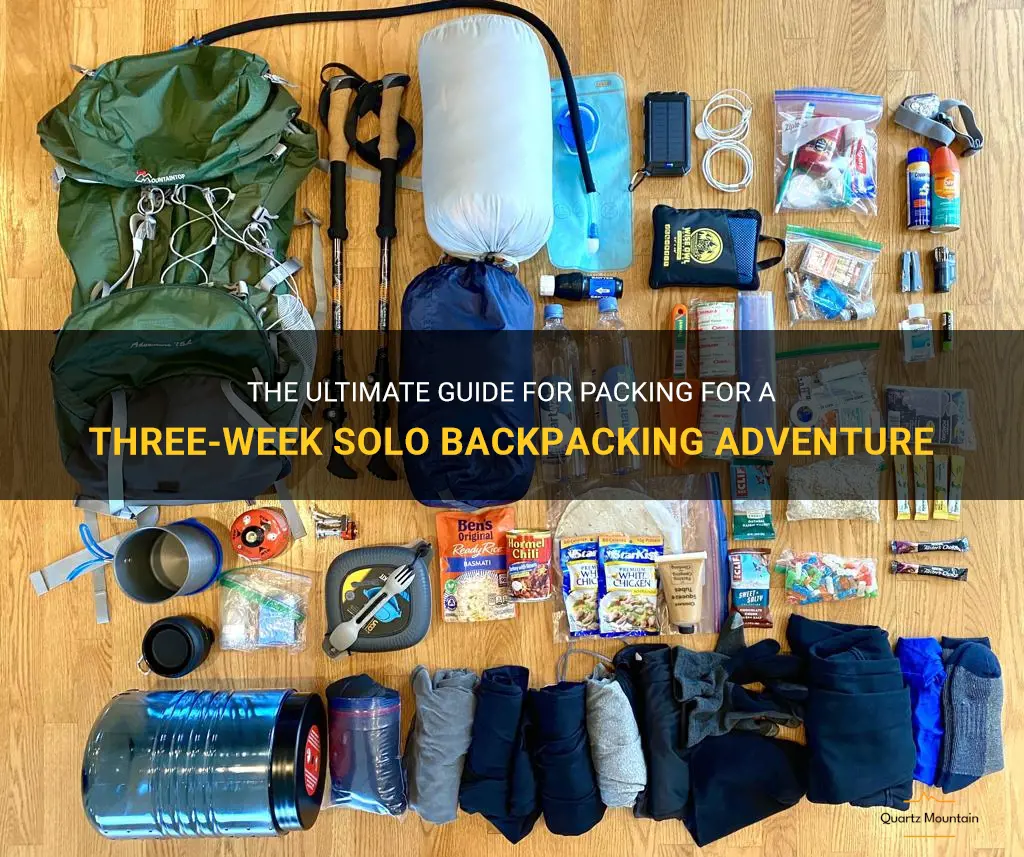
Are you ready for the adventure of a lifetime? Packing for a solo backpacking adventure can be an exciting and daunting task, especially when you'll be gone for three whole weeks. But fear not! We've got you covered with the ultimate guide for packing for a three-week solo backpacking adventure. Whether you're a seasoned traveler or embarking on your first solo journey, this guide will help you pack efficiently, stay organized, and make the most of your backpacking experience. From choosing the right gear to planning your wardrobe, we'll show you how to pack light and smart without sacrificing comfort or style. So, grab your backpack and let's get started on this epic adventure!
What You'll Learn
- What are the essential items to pack for a three-week solo backpacking trip?
- How can I minimize the weight and maximize the usefulness of my backpack for a long trip?
- Are there any specific clothing items or fabrics that are recommended for a three-week solo backpacking trip?
- What kind of nutritious and lightweight food options should I pack for a three-week solo backpacking trip?
- Are there any safety or emergency items that I should prioritize when packing for a three-week solo backpacking trip?

What are the essential items to pack for a three-week solo backpacking trip?
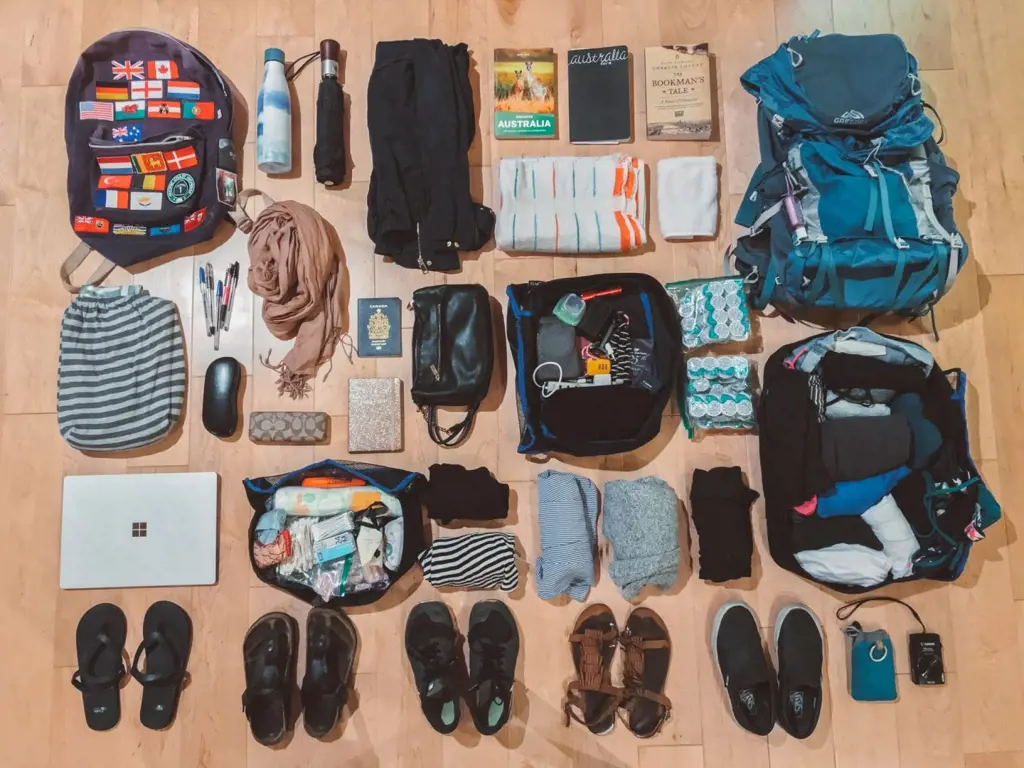
When preparing for a three-week solo backpacking trip, it is essential to pack wisely to ensure a successful and comfortable journey. With limited space and the need to carry all necessary items on your back, it is crucial to prioritize based on importance and practicality.
Here are some essential items to pack for a three-week solo backpacking trip:
- Backpack: Invest in a durable and comfortable backpack that fits your body well. Look for one with multiple compartments and adjustable straps to distribute the weight properly.
- Clothing: Pack lightweight, moisture-wicking, and quick-drying clothing suitable for the climate and activities you plan to engage in. Remember to include enough changes of underwear and socks. Layering is key to adapt to changing weather conditions.
- Proper Footwear: Invest in a good pair of hiking boots or trail running shoes that are comfortable and provide adequate support. Break them in before your trip to avoid blisters and discomfort. Also, pack a pair of lightweight sandals or flip-flops for relaxing around camp or during water activities.
- Shelter: Depending on your preferences, pack a tent or a hammock with a rainfly and mosquito netting. Ensure your shelter is lightweight, easy to set up, and can withstand various weather conditions.
- Sleeping Bag and Sleeping Pad: Choose a sleeping bag suitable for the expected temperatures during your trip. Additionally, carry a lightweight and compact sleeping pad for added comfort and insulation from the ground.
- Hydration System: Stay hydrated by carrying a hydration bladder or water bottles. Ensure you have a water filtration system or purification tablets for refilling water from natural sources.
- Cooking Equipment: If you plan to cook your meals, consider carrying a lightweight stove, fuel canister, and a compact cookware set. Don't forget utensils, a mug, and a plate or bowl. Alternatively, choose ready-to-eat meals that require minimal preparation and cleanup.
- Food and Snacks: Pack lightweight and high-energy foods such as trail mix, energy bars, dried fruits, and instant noodles. Plan your meals in advance to ensure you have enough food for the duration of your trip.
- Navigation Tools: Carry a detailed map, compass, and a reliable GPS device or smartphone app. Learn how to use these tools before your trip to navigate your way accurately.
- First Aid Kit: Pack a comprehensive first aid kit that includes bandages, antiseptic ointment, pain relievers, insect repellent, sunscreen, and any necessary prescription medications. Additionally, learn basic wilderness first aid techniques before your trip.
- Personal Hygiene Items: Include travel-sized toiletries such as soap, toothpaste, toothbrush, toilet paper, and wet wipes. Consider packing biodegradable options to reduce environmental impact.
- Safety Items: Carry a headlamp or flashlight, emergency whistle, fire starter, and a multi-tool. These items can be invaluable in unexpected situations.
- Entertainment and Communication: Bring a book, a deck of cards, or any other form of entertainment during downtime. Also, carry a fully charged and waterproofed cell phone or a satellite communication device for emergencies.
Remember to pack light and prioritize the most essential items. Consider the weight, multi-purpose functionality, and durability of each item. Test your gear before your trip to ensure everything functions properly.
While the above list covers the essential items, it is important to customize it based on your specific needs and the nature of your trip. Research your destination, weather conditions, and expected difficulties to ensure you have everything you need for a successful three-week solo backpacking adventure.
Essential Items to Pack for Palau for an Unforgettable Adventure
You may want to see also

How can I minimize the weight and maximize the usefulness of my backpack for a long trip?
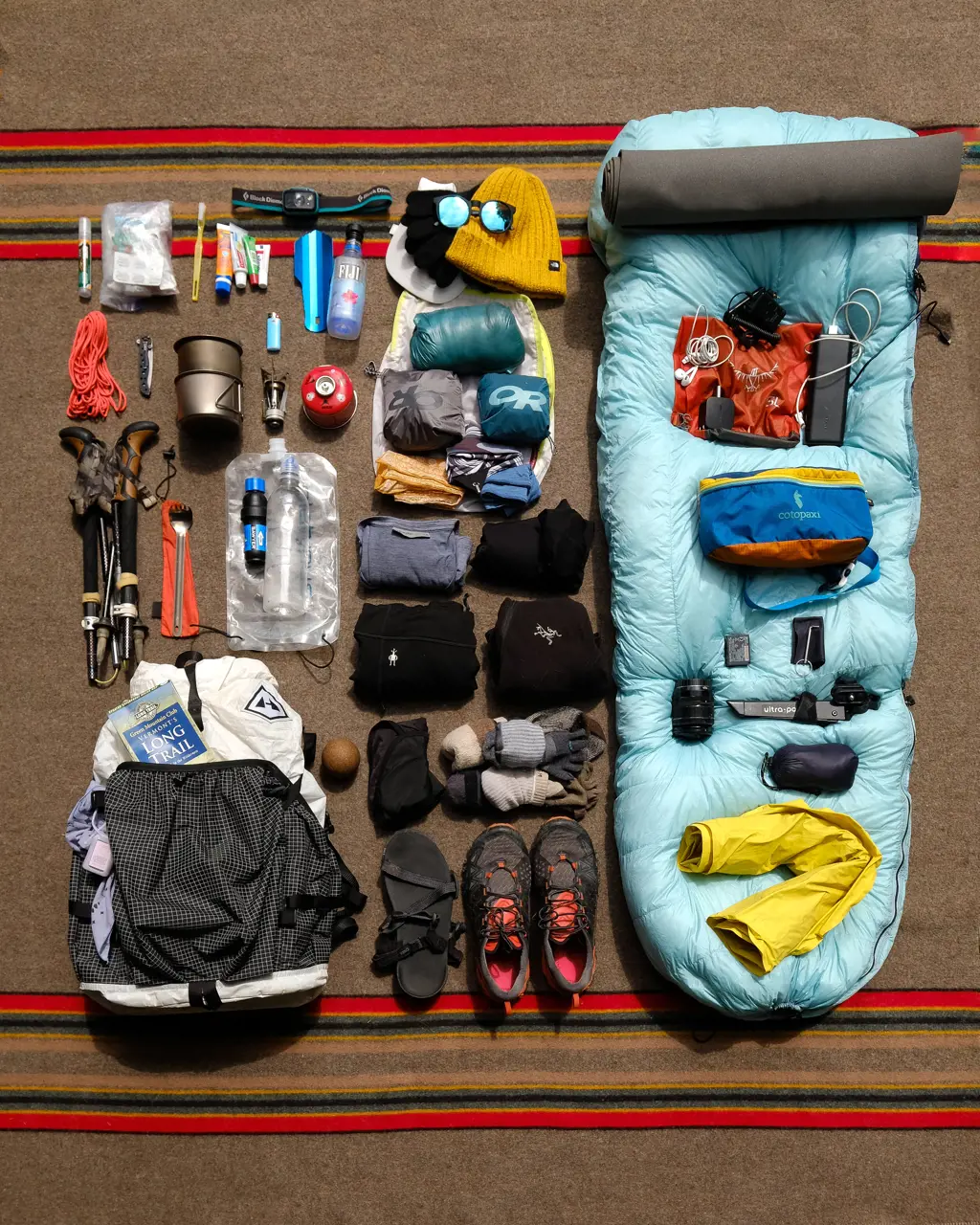
Traveling on a long trip often requires carrying a backpack filled with essential items. However, the weight and usefulness of the backpack can greatly impact the overall experience. Minimizing the weight and maximizing the usefulness of the backpack is key to ensure a comfortable and enjoyable journey. In this article, we will explore practical tips and strategies to achieve this goal.
Choose the right backpack:
Investing in a lightweight and durable backpack is crucial. Look for backpacks made from lightweight materials such as nylon or polyester, and ensure it has a comfortable suspension system with padded shoulder straps and a well-ventilated back panel.
Prioritize essential items:
Make a list of the essential items you need to bring and prioritize them based on importance and functionality. Eliminate items that are not necessary for the trip. Consider the weather, duration of the trip, and activities you will be engaged in. Pack versatile items that can serve multiple purposes, such as a lightweight sarong that can be used as a towel, blanket, or dress.
Optimize clothing choices:
Choose lightweight and quick-drying clothing items that can be easily layered. Pack clothes that can be mixed and matched to create multiple outfits. Avoid bulky items or clothing that requires ironing. Roll your clothes instead of folding them to save space and reduce wrinkles.
Utilize packing cubes and compression bags:
Packing cubes and compression bags are excellent tools to maximize space and minimize wrinkles. Sort your items into different packing cubes, keeping similar items together. Use compression bags to further reduce the volume of your clothing and create more space in your backpack.
Choose lightweight and compact gear:
Consider the weight and size of your gear, such as a tent, sleeping bag, and cooking equipment. Opt for lightweight versions without compromising functionality. Look for compact and collapsible items that can be easily packed and assembled when needed.
Minimize toiletries and personal care items:
Evaluate your toiletries and personal care items and eliminate unnecessary items. Opt for travel-sized containers or transfer liquids into smaller, lightweight containers. Consider using multi-purpose toiletries such as a 2-in-1 shampoo and conditioner or a solid bar soap instead of liquid products.
Reduce redundant items:
Avoid carrying duplicate items or items that can be easily obtained during the trip. For example, instead of carrying a heavy guidebook, download travel apps and maps on your smartphone or tablet. Leave behind items such as excess clothing, extra shoes, or bulky electronic devices that are not essential.
Distribute weight evenly:
When packing your backpack, distribute the weight evenly to maintain stability and prevent strain on your back. Pack heavy items close to your back, near the center of the backpack. Place lighter items towards the top and front of the backpack. Use compression straps to secure and stabilize the load.
Test your backpack before the trip:
Before embarking on your long trip, do a test run with your fully packed backpack. Take a short hike or walk to evaluate the comfort and weight distribution. Make necessary adjustments to ensure optimum comfort.
By following these tips, you can minimize the weight and maximize the usefulness of your backpack on a long trip. A lighter and well-organized backpack will not only make your journey more comfortable but also allow you to fully enjoy your destination without unnecessary burdens. Remember to constantly evaluate and refine your packing strategy to suit your specific travel needs.
Essential Items for a Winter Trip to Greece: What to Pack
You may want to see also

Are there any specific clothing items or fabrics that are recommended for a three-week solo backpacking trip?
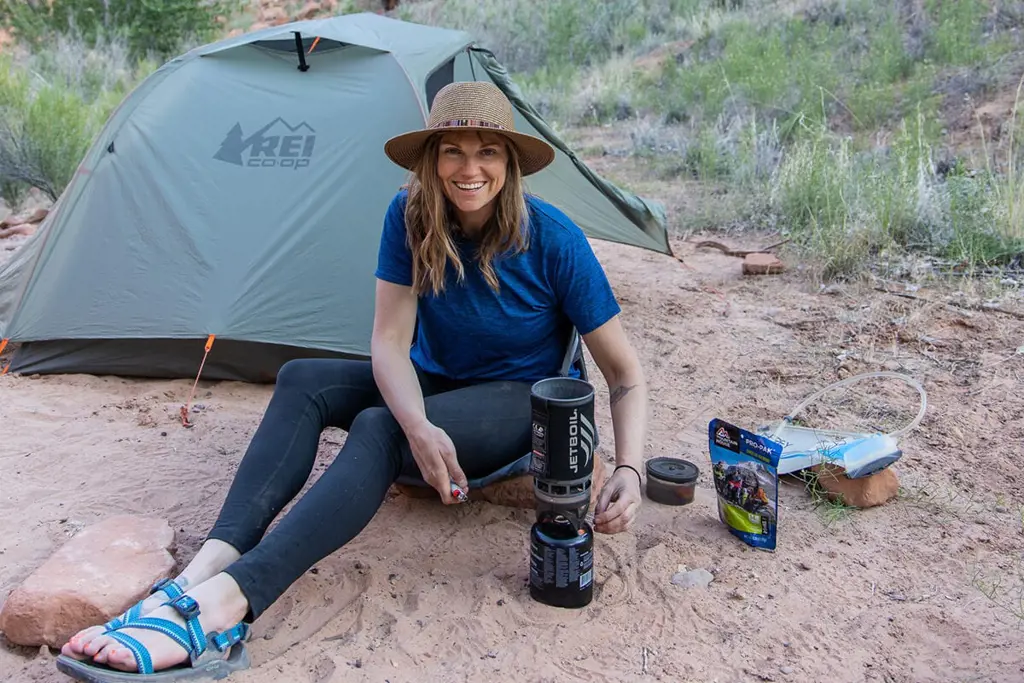
When embarking on a three-week solo backpacking trip, it's essential to pack the right clothing items and fabrics to ensure comfort, functionality, and durability. The following recommendations will help you stay prepared for the various weather conditions and challenges you may encounter during your adventure.
Layering is key:
The weather can be unpredictable during a backpacking trip, so it's crucial to dress in layers. This allows you to adjust your clothing according to the temperature and activity level. Start with a base layer made of moisture-wicking fabric such as merino wool or synthetic materials like polyester or nylon. These materials will keep you dry by wicking away sweat from your body.
Choose lightweight and quick-drying fabrics:
Opt for lightweight and quick-drying fabrics that won't weigh you down or hold moisture when traveling in humid or wet conditions. Synthetic fabrics like nylon or polyester are excellent choices as they dry quickly and are resistant to wear and tear. Additionally, consider clothing items with built-in UV protection, especially if you'll be backpacking in sunny or high-altitude areas.
Invest in quality hiking socks:
Good-quality hiking socks are a must for any backpacking trip. Look for socks made of wool or a blend of synthetic materials that offer cushioning, moisture-wicking properties, and odor control. Properly fitting socks will help prevent blisters and keep your feet comfortable during long days of hiking.
Choose lightweight and versatile clothing items:
Fill your backpack with lightweight and versatile clothing items that can be mixed and matched. Packing items like convertible pants that can be transformed into shorts or long-sleeve shirts that can be rolled up into short sleeves will save you space and provide options for different temperature ranges. Opt for neutral colors, as they are versatile and won't show dirt or stains as easily.
Consider the climate and terrain:
Research the climate and terrain of the area you'll be backpacking in to determine what specific clothing items you may need. For example, if you're heading to a mountainous region, pack a lightweight, waterproof jacket or a down jacket for colder conditions. In hot, desert-like environments, opt for loose-fitting, breathable clothing to help you stay cool and protected from the sun.
Don't forget the accessories:
In addition to clothing, don't forget to pack essential accessories. A wide-brimmed hat or a baseball cap can protect you from the sun, while a lightweight and packable raincoat will keep you dry in wet weather. A buff or bandana can be used as a headband, neck gaiter, or face mask, providing versatility in various situations.
Test your clothing and fabrics before your trip:
Before setting off on your solo backpacking trip, it's crucial to test your clothing and fabrics to ensure they meet your needs. Take short hikes or go on overnight camping trips to see how they perform in different conditions. This will allow you to make any necessary adjustments before embarking on your three-week adventure.
In conclusion, for a three-week solo backpacking trip, it's important to pack clothing items and fabrics that are lightweight, quick-drying, and versatile. Layering, choosing the appropriate fabrics for the climate and terrain, and testing your gear beforehand will ensure you are prepared for all weather conditions and challenges that may arise during your journey. Always prioritize comfort, functionality, and durability when selecting your backpacking clothing.
Essential Packing List for a Week in Palm Springs: Be Prepared for Fun in the Desert
You may want to see also

What kind of nutritious and lightweight food options should I pack for a three-week solo backpacking trip?
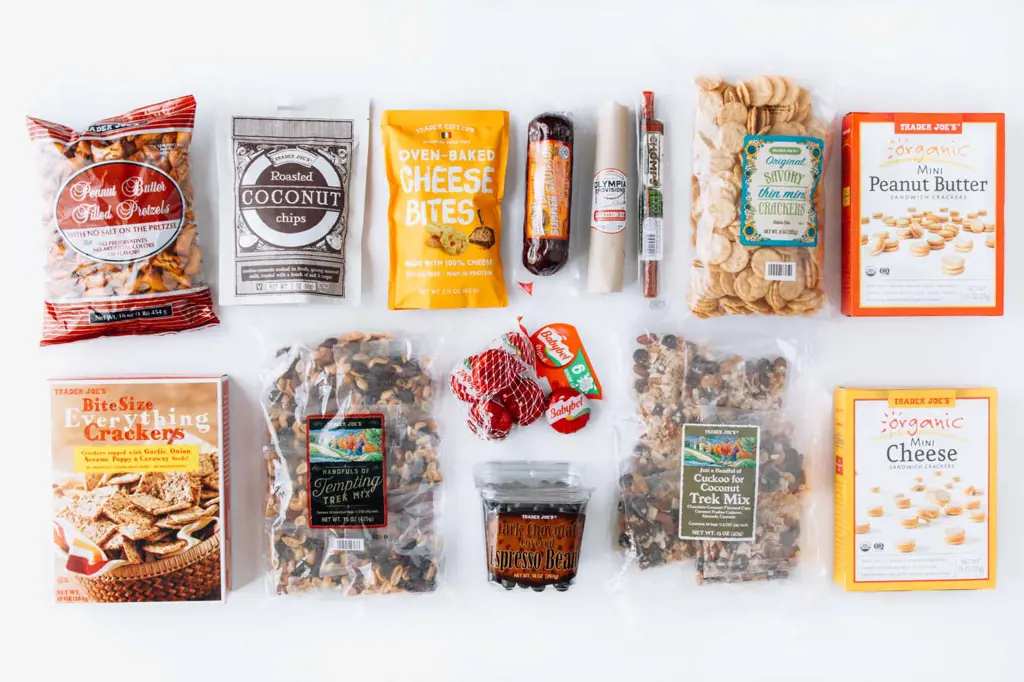
When going on a three-week solo backpacking trip, it's crucial to pack lightweight and nutritious food options that will sustain you throughout your journey. As you'll be carrying all your supplies on your back, it's important to optimize the weight of your pack while still providing your body with the necessary nutrients to stay energized. Here are some key considerations and food options to keep in mind when planning your backpacking meals:
- Caloric Density: Look for foods that are high in calories but lightweight, as you'll need a substantial amount of energy to fuel your hiking adventures. Foods such as nuts, nut butter, jerky, and dehydrated fruits are excellent options as they provide a good amount of calories per serving without adding much weight to your pack.
- Nutrient Balance: While it's essential to prioritize caloric density, it's also important to include a variety of nutrients in your meals. Aim for a balance of carbohydrates, protein, and healthy fats to keep you satiated and nourished. Pack whole-grain crackers, dried lentils, quinoa, and dehydrated beans for a good source of carbohydrates and plant-based protein. Additionally, consider bringing individual servings of nut butter, tuna packets, and shelf-stable cheeses for healthy fats and additional protein.
- Dehydrated Meals: Dehydrated meals are a backpacker's best friend as they are lightweight, easy to prepare, and often packed with nutrients. Look for options that offer a variety of flavors and include a good mix of carbohydrates and protein. Many outdoor retailers offer a wide selection of dehydrated meals specifically designed for backpacking, ranging from pasta dishes to curry and stir-fry options. These meals usually require boiling water to rehydrate, so be sure to bring a lightweight camping stove and a fuel canister.
- Snacks: Packing a variety of snacks ensures you have something quick and tasty to fuel you between meals. Nuts, dried fruit, energy bars, and beef jerky are excellent options as they are lightweight, nutrient-dense, and provide a quick source of energy on the go. Consider portioning out individual servings to prevent overeating and to keep your snacks easily accessible during your hike.
- Hydration: Staying hydrated is crucial while backpacking, so don't forget to pack a water filter or water purification tablets to ensure you have access to clean water along the trail. Additionally, consider bringing electrolyte tablets or powders to replenish essential minerals lost through sweat. These can be added to your water to provide an extra boost of hydration and prevent dehydration.
Example Meal Plan:
Breakfast: Instant oatmeal with dried fruit and powdered milk. Pair with a cup of tea or instant coffee.
Snack: Trail mix consisting of nuts, dried fruit, and chocolate chips.
Lunch: Whole-grain crackers with individual servings of tuna or shelf-stable cheese. Add a handful of dried lentils for extra protein.
Snack: Energy bar or beef jerky.
Dinner: Dehydrated stir-fry meal with added dehydrated beans or quinoa for additional nutrients and protein.
Dessert: Dark chocolate or dried fruit for a sweet treat.
Snack: Nut butter packets or individual servings of nut butter paired with whole-grain crackers.
By carefully selecting lightweight and nutritious food options, you can fuel yourself for a successful three-week solo backpacking trip. Experiment with different meals and snacks during your training hikes to determine what works best for your taste preference, energy needs, and dietary restrictions. Remember to pack your food in airtight, resealable bags or lightweight containers to keep them fresh and prevent any spills or leaks in your pack. Happy hiking and bon appétit!
Essential Items to Pack for a Four-Month-Old Baby for the Babysitter
You may want to see also

Are there any safety or emergency items that I should prioritize when packing for a three-week solo backpacking trip?
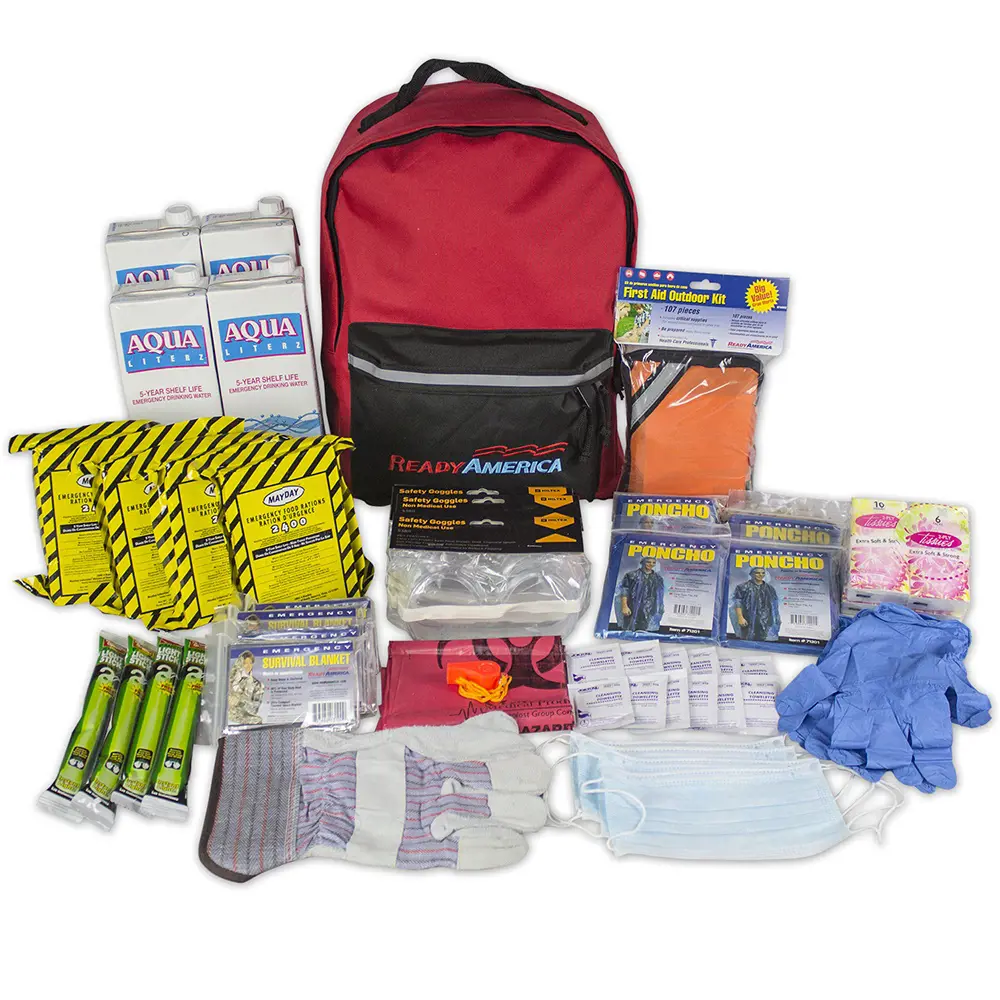
When embarking on a solo backpacking trip, safety should be your top priority. Being prepared for emergencies and having the necessary safety items can make a significant difference in your overall experience. Here are some essential safety and emergency items that you should prioritize when packing for a three-week solo backpacking trip.
- First Aid Kit: A well-stocked first aid kit is crucial for any backpacking trip. Make sure your kit includes items like bandages, adhesive tape, disinfectant, antiseptic wipes, painkillers, blister treatments, insect repellent, and any necessary personal medications. It's also a good idea to take a basic first aid course before your trip to learn how to use these items effectively.
- Emergency Shelter: It's essential to have a lightweight and compact emergency shelter in case you get stranded or caught in unfavorable weather conditions. A durable emergency bivy sack or tent will provide you with protection from the elements and keep you warm and dry.
- Navigation Tools: Carrying a map and compass, or a GPS device, is crucial for navigating unfamiliar terrains. Familiarize yourself with the area you'll be backpacking in and bring a guidebook or trail map to help you find your way. Make sure you know how to use these tools effectively before your trip.
- Headlamp and Extra Batteries: A reliable headlamp is essential for any backpacking trip, especially if you plan on hiking in the early morning or late at night. Make sure to pack extra batteries or consider a headlamp that is rechargeable via a USB port or solar panel.
- Whistle and Signal Mirror: These small but effective tools can help you attract attention if you get lost or need assistance. A whistle's sound carries much farther than your voice, and a signal mirror can help you reflect sunlight to catch attention from a distance.
- Fire-starting Kit: Having the means to start a fire can be crucial for warmth, cooking, and signaling for help. Include waterproof matches, a lighter, and fire starter cubes or tinder in your backpack. Be sure to research and follow local fire regulations and safety precautions.
- Multi-tool or Knife: A multi-tool or knife can come in handy for a variety of tasks, such as cutting ropes, preparing food, or making emergency repairs. Choose a lightweight, durable option that includes essential features like a blade, screwdriver, and pliers.
- Personal Locator Beacon (PLB): While not mandatory, a PLB can be a game-changer in case of a life-threatening emergency. A PLB is a small, handheld device that transmits your coordinates to emergency responders, giving them your exact location. Consider renting or purchasing one if you're embarking on a remote or high-risk backpacking trip.
- Emergency Rations: Pack some high-energy emergency food like energy bars, nuts, and dried fruits in case you get stranded or run out of food. These compact, non-perishable snacks can provide you with essential nutrients and energy until help arrives or you reach a resupply point.
- Communication Device: Depending on the remoteness of your backpacking destination, consider bringing a communication device like a satellite phone or a personal locator device with built-in messaging capabilities. These devices allow you to contact emergency services or communicate with friends and family in case of an emergency.
Remember, safety should never be compromised while backpacking solo. Prioritize the above safety and emergency items when packing for your three-week solo backpacking trip, and make sure you're familiar with how to use them effectively. Always let someone know your itinerary and expected return date, and check-in with them regularly if possible. Stay alert, be prepared, and enjoy your adventure while staying safe.
The Ultimate Honeymoon Trip Packing Guide: Essentials for a Romantic Getaway
You may want to see also
Frequently asked questions
When packing for a three-week solo backpacking trip, it's important to pack light and versatile clothing. Bring a few t-shirts and a couple of long-sleeve shirts for layering. Opt for quick-drying materials that are breathable and comfortable. Pack a few pairs of pants or shorts that can be easily mixed and matched. Don't forget to bring a lightweight jacket or sweater for cooler evenings or unexpected weather changes.
It's best to bring only one pair of comfortable and durable shoes for a three-week solo backpacking trip. Choose shoes that are suitable for both hiking and everyday wear. Look for lightweight hiking shoes or trail runners that provide good grip and support. Remember that packing light is essential for backpacking, so bringing multiple pairs of shoes can add unnecessary weight to your pack.
Some essential gear to pack for a three-week solo backpacking trip includes a sturdy backpack, a lightweight tent, a sleeping bag, a camping stove, a water filter, a headlamp or flashlight, a first aid kit, a pocket knife, and a map or GPS device. It's also important to pack enough food for the duration of your trip, as well as a water bottle or hydration bladder.
When packing your backpack for a three-week solo backpacking trip, it's important to distribute weight evenly and keep items organized. Start by placing heavy items, such as your tent and stove, at the bottom of your pack. Then, fill the middle section with lighter items, such as clothing and food. Put frequently used items, such as a water bottle or rain gear, in easily accessible compartments. Finally, use packing cubes or stuff sacks to keep smaller items organized and easily accessible.
While having a guidebook or map can be helpful for navigation on a three-week solo backpacking trip, it's not always necessary. Many backpackers rely on GPS devices or smartphone apps for navigation, which can be more convenient and provide real-time updates. However, it's always a good idea to have a backup navigation method in case your electronic devices fail or run out of battery.







